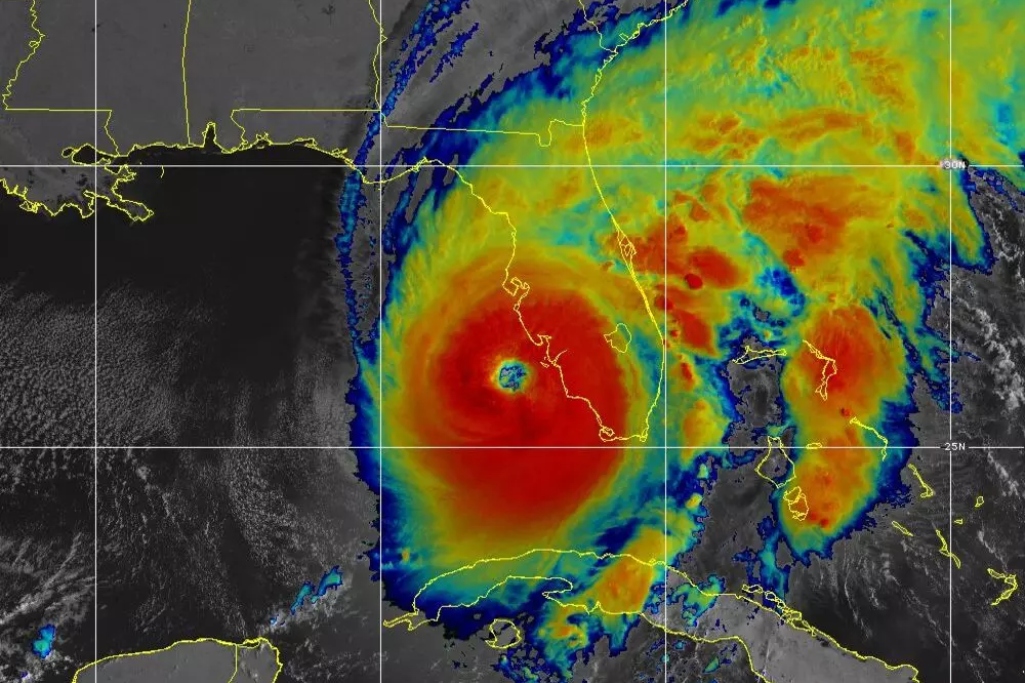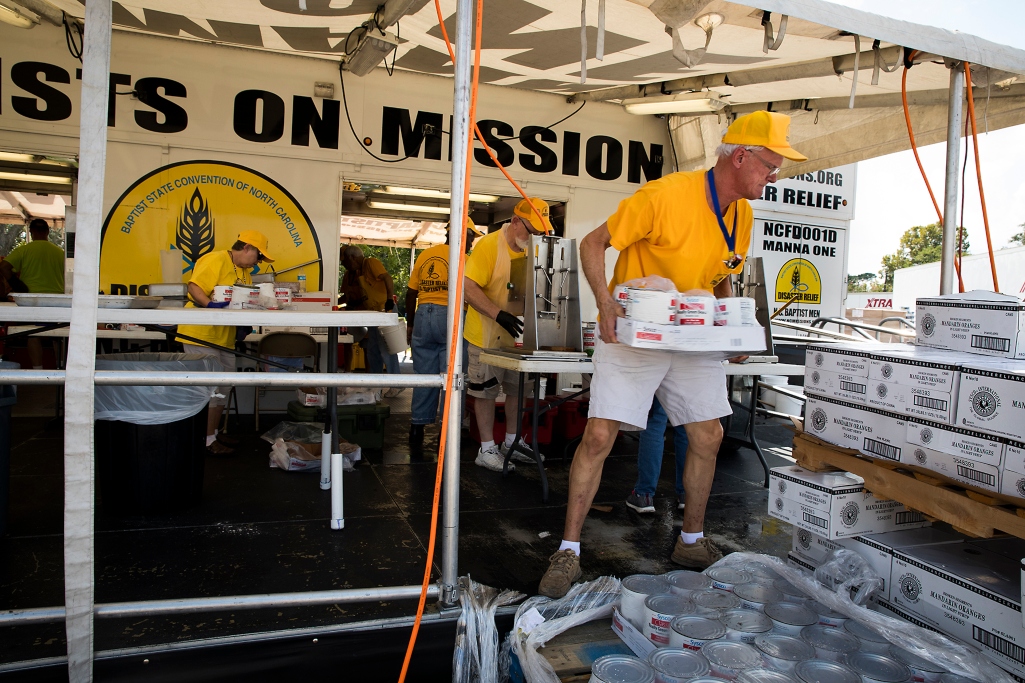
Hurricane Ian continued to strengthen Sept. 28 as it approached Florida’s Gulf Coast, threatening to bring catastrophic winds, rains and storm surge as it cuts a devastating path through the state. In an update issued at 10 a.m. Eastern Wednesday, the National Hurricane Center said Ian’s sustained winds were at 155 mph, putting the storm just below the Category 5 threshold.
Forecasters said potential storm surge levels in some areas could reach between 12 and 16 feet. In addition, the weather system is expected to produce up to 24 inches of rain in some areas, creating potential for widespread flooding. Significant wind damage to trees, houses and other structures is also anticipated, along with power outages.
Emphasizing the gravity of the situation for residents of his state in a Wednesday morning news briefing, Florida Governor Ron DeSantis said, “This is a major, major storm.”
Ian was expected to make landfall between Sarasota and Ft. Myers, cutting a Northeasterly path as it makes its way across the Florida peninsula. State government officials said the entire state can anticipate experiencing at least tropical storm force winds.
David Coggins, director of disaster relief for the Florida Baptist Convention, said his group has staged equipment and made arrangements for a response that will begin as soon as streets are cleared and officials say it is safe to begin deployment.
“We have eight feeding kitchens ready to set up along the coast if they are needed,” Coggins said. “We are staging our equipment in the Leesburg area and many of our drivers will wait the storm out here as well.”
Send Relief, the Southern Baptist compassion ministry partnership between the North American Mission Board and International Mission Board, is working closely with Florida Baptist Disaster Relief along with other state conventions that could be impacted by Ian. A Send Relief truck packed with bottled water, temporary roofing, shockwave and other emergency supplies was on standby Wednesday, ready to arrive in Florida once the storm passes.
Send Relief is also deploying a rescue boat, which will be manned by a swift water rescue team made up of North Carolina and Tennessee Baptist disaster relief volunteers. They will pre-stage the rescue boat at Lake Yale in Leesburg, Fla., prior to the storm’s arrival, and will deploy on search and rescue missions as soon as it is safe to do so.
“We are monitoring the storm and ready to respond with practical help and the hope of Christ in the aftermath along with our Southern Baptist Disaster Relief (SBDR) partners,” said Coy Webb, Send Relief’s crisis response director. “Please join me in praying for all who lie in the path of this dangerous storm and for those who are preparing to respond.”
In addition to the need for feeding units, Coggins anticipates there will be significant flooding and the need for mud-out work. Tree and roof damage will likely keep volunteer teams busy for weeks.
Help from other state Baptist disaster relief teams is coming to Florida as well. Coggins said groups from Alabama, Mississippi, Louisiana, Tennessee, Texas and North Carolina are either already in the state or will arrive immediately after the storm clears. Georgia and South Carolina SBDR groups are preparing for their own potential responses as the storm is currently projected to turn up the East Coast after clearing Florida and possibly gain new strength, battering shorelines before making landfall somewhere in South Carolina.
Send Relief is also working through its partners in Cuba, which was hit earlier by Hurricane Ian when it was a Category 3 storm, leaving most residents without power. In addition, Send Relief continues its response in Puerto Rico where widespread flooding and power outages followed Hurricane Fiona, which battered the island Sep. 18.
For more information about Send Relief responses to Hurricanes Ian and Fiona, visit sendrelief.org.
(EDITOR’S NOTE – Mike Ebert is the executive director for public relations at the North American Mission Board.)

